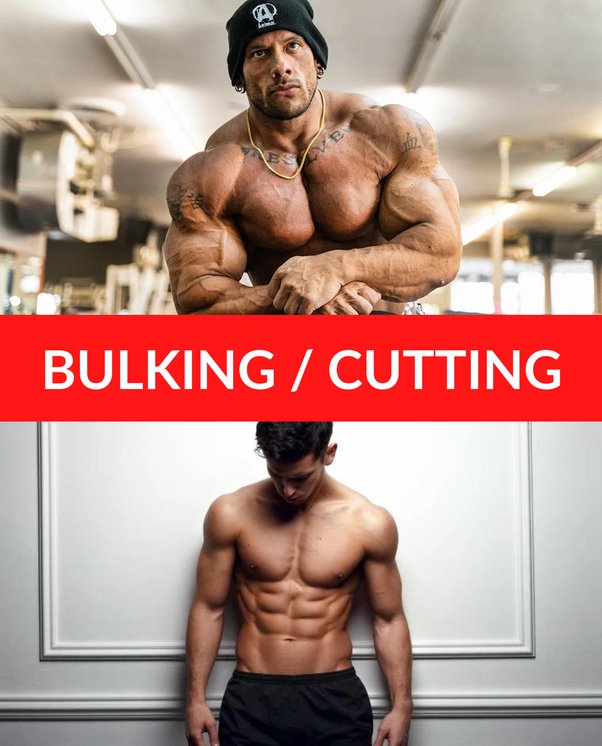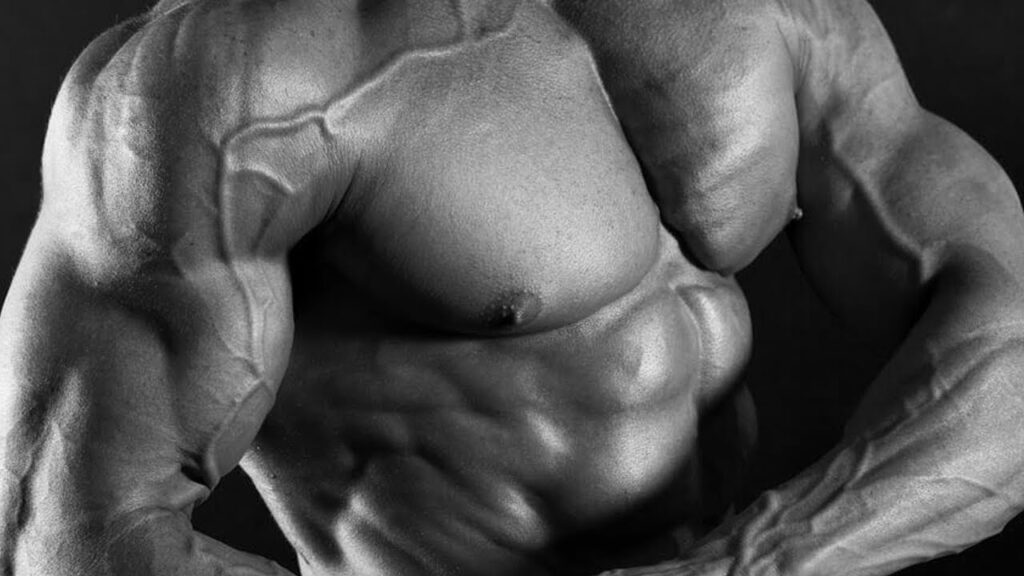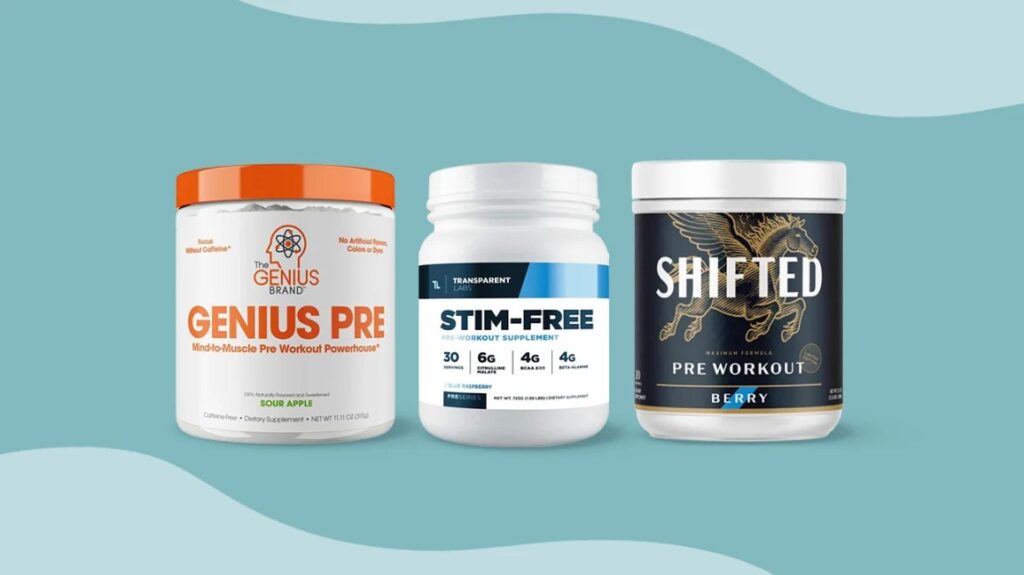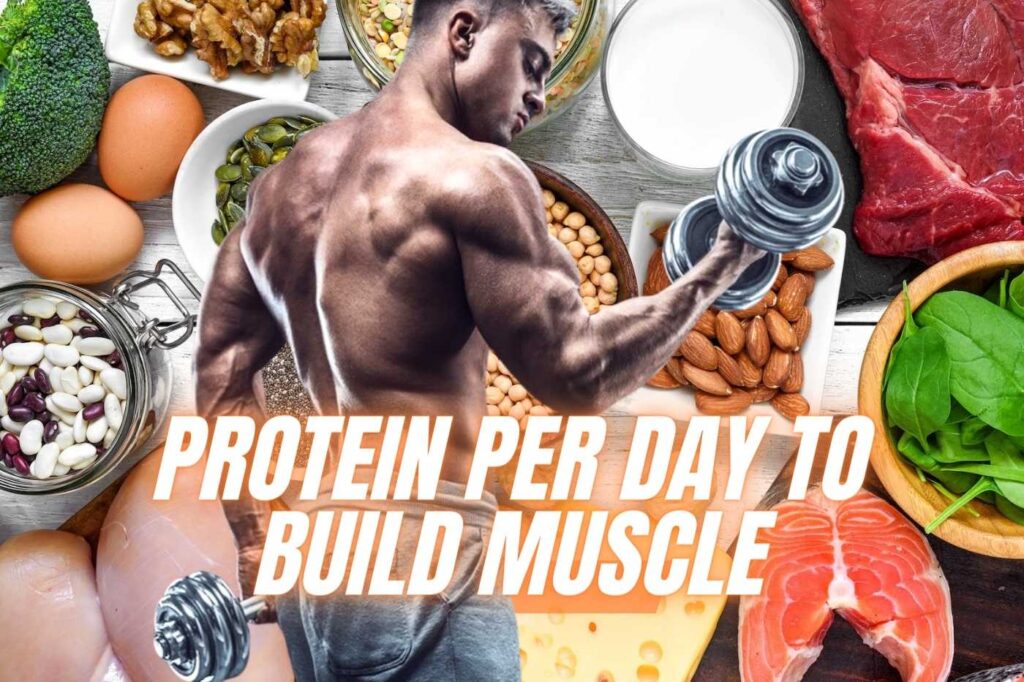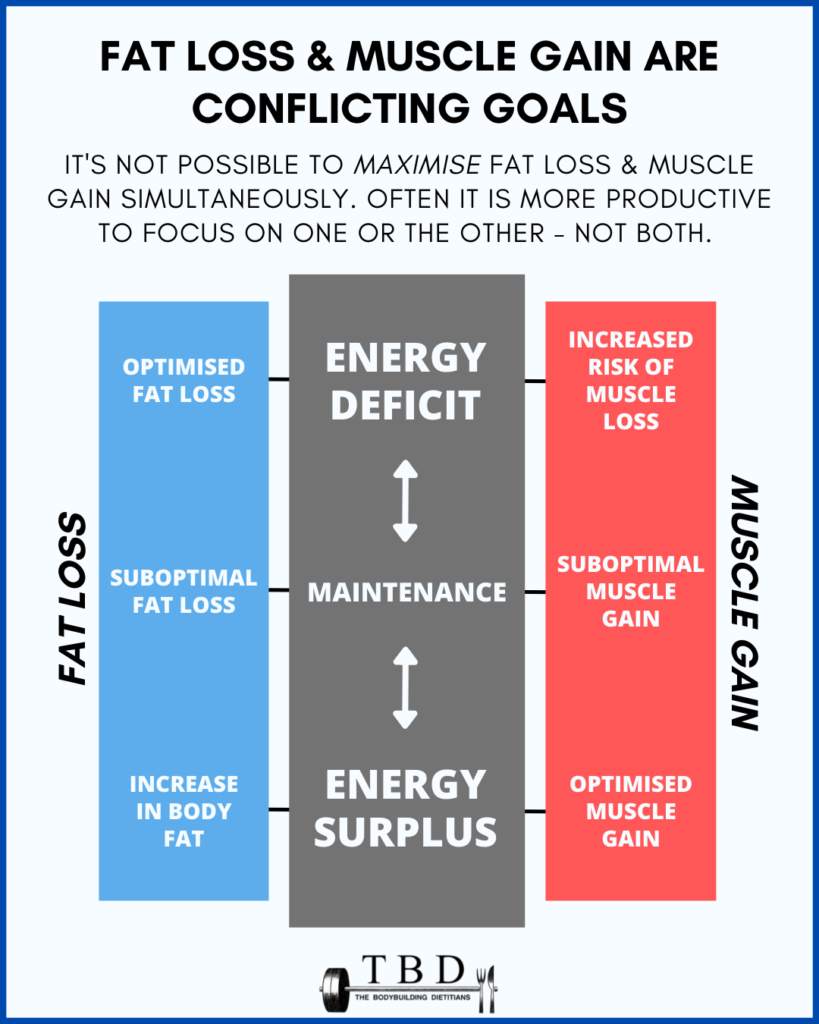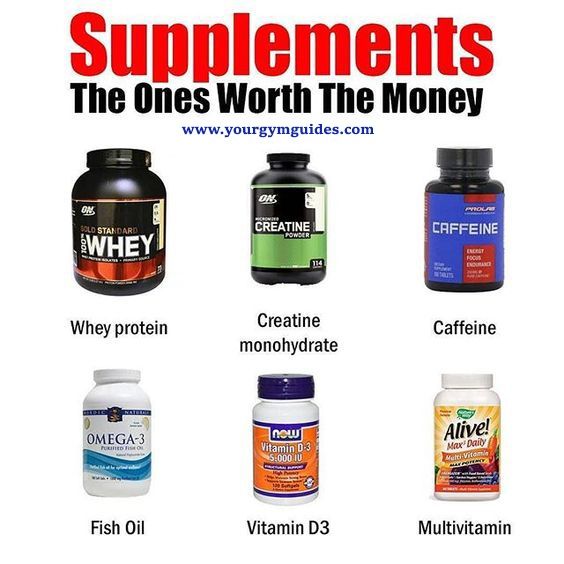Cutting in bodybuilding refers to reducing body fat while maintaining muscle mass. It involves a combination of diet, cardio, and strength training.
Cutting is crucial for bodybuilders aiming to achieve a lean, defined physique. This phase typically follows a bulking period, where the primary focus is on muscle gain. During cutting, calorie intake is reduced, and macronutrient ratios are adjusted to support fat loss.
Cardio exercises are incorporated to boost calorie expenditure, while strength training ensures muscle retention. Effective cutting requires precise planning, discipline, and consistency. It’s important to monitor progress and make adjustments as needed. Proper hydration and sleep also play significant roles in achieving optimal results. Successful cutting enhances muscle definition, making the hard-earned muscle gains more visible.
Introduction To Cutting
Cutting is a phase in bodybuilding. It aims to lose body fat while keeping muscle mass. This phase is essential for showing defined muscles. During cutting, bodybuilders eat fewer calories. They also increase their cardio workouts.
The goal is to achieve a lean and ripped look. Cutting cycles usually last for a few weeks or months. It’s important to balance diet and exercise. This ensures the best results without harming the body.
Cutting has been part of bodybuilding for decades. Early bodybuilders used basic diets to cut fat. They didn’t have advanced nutrition knowledge. Modern bodybuilders use scientific methods and supplements. This helps them cut fat more effectively.
Bodybuilding competitions focus on muscle definition. Cutting became more popular as a result. Famous bodybuilders like Arnold Schwarzenegger made cutting famous. Their lean physiques inspired many to follow cutting phases.
Diet Strategies
A caloric deficit means eating fewer calories than you burn. This helps in losing fat. It’s important to track your calories daily. Use apps or journals to record your intake. Make sure not to cut calories too fast. This can lead to muscle loss. A small deficit, like 500 calories per day, is ideal.
Macronutrient ratios are key for bodybuilding. Proteins, carbs, and fats need a balance. Aim for high protein to build and keep muscle. Carbs provide energy for workouts. Healthy fats support overall health. A common ratio is 40% protein, 40% carbs, and 20% fats. Adjust ratios based on your body and goals.
Training Techniques
Cardio workouts help burn fat. They improve heart health. Popular choices include running, cycling, and swimming. These activities increase your heart rate. Aim for at least 30 minutes a day. Consistency is key for best results. High-Intensity Interval Training (HIIT) is also effective. It alternates between intense and moderate activity.
Strength training builds muscle and burns calories. Focus on compound exercises. Examples are squats, deadlifts, and bench presses. These exercises target multiple muscle groups. Use weights that are challenging but safe. Proper form is essential to avoid injuries. Include both free weights and machines. Consistent training leads to better results.
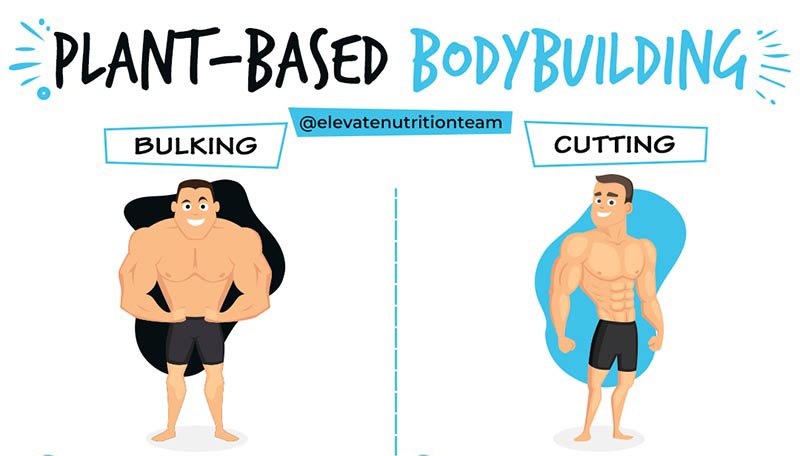
Credit: www.elevatenutrition.com
Supplementation
Protein powder helps build and repair muscles. Take it post-workout for best results. Creatine improves strength and endurance. Use it daily in small doses. BCAAs aid in muscle recovery and reduce fatigue. Sip them during workouts. Multivitamins ensure you get essential nutrients. Take them with your breakfast.
Protein powder: one scoop after workouts. Creatine: 5 grams daily. BCAAs: 5-10 grams during exercise. Multivitamins: one tablet in the morning.
Mental Preparation
Set clear goals for your cutting phase. Know how much weight you want to lose. Decide on the time frame for your goal. Write down your goals and keep them visible. This helps keep you focused and motivated.
Stay motivated by tracking your progress. Take photos and measurements weekly. Celebrate small victories along the way. Surround yourself with supportive people. Join a community of like-minded individuals. Positive reinforcement keeps your spirits high.
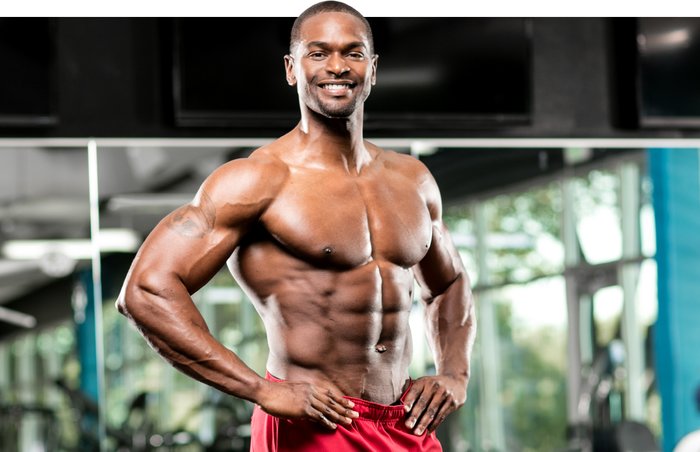
Credit: www.bodybuilding.com
Common Mistakes
Many bodybuilders think more training leads to faster results. This is a big mistake. The body needs rest to grow. Overtraining can lead to injuries and fatigue. It can also cause muscle loss instead of gain. Balance your workouts with proper rest. This helps muscles recover and grow stronger. Avoid pushing your body too hard every day.
Some think eating less helps cut fat faster. This is not true. Undereating can slow down your metabolism. It can also lead to muscle loss. Your body needs nutrients to recover from workouts. Ensure you eat enough protein and healthy fats. Balance your diet to support your training efforts. Avoid skipping meals to stay energized and strong.
Monitoring Progress
Tracking progress is key in bodybuilding. Use a journal or an app for this. Record your weight and body fat percentage weekly. Note your strength levels too. It is important to keep track of measurements like chest, waist, and arms. This helps you see if your plan is working.
Sometimes, plans need changes. If progress slows, look at your diet and workouts. Adjust calorie intake or try new exercises. Small changes can make a big difference. Always stay consistent with your efforts.
Post-cutting Phase
Transitioning to maintenance is key after a cutting phase. Gradually increase your calorie intake. This helps in avoiding fat gain. Slowly reintroduce foods you enjoy. Stick to nutrient-dense options. This ensures your body adjusts well.
Reintroducing calories should be done slowly. Start by adding 100-200 calories per week. This prevents unwanted weight gain. Monitor your weight and body composition. Make adjustments as needed. Balance is crucial to maintain your hard-earned muscle.

Credit: www.strengthlog.com
Frequently Asked Questions
How Do Bodybuilders Cut?
Bodybuilders cut by reducing calorie intake, increasing protein consumption, and incorporating cardio. They focus on lean proteins, vegetables, and healthy fats.
How Long Should A Cut Last?
A cut typically heals in 1 to 2 weeks. Deeper or larger cuts may take longer. Keep it clean and covered. Seek medical help if it doesn’t improve or shows signs of infection.
What Is Cutting Vs Bulking?
Cutting involves reducing body fat while maintaining muscle. Bulking focuses on gaining muscle mass through a caloric surplus. Both phases are essential in bodybuilding to achieve a lean, muscular physique.
Is Cutting The Same As Losing Weight?
No, cutting refers to reducing body fat while maintaining muscle. Losing weight can involve losing muscle, fat, or both.
Conclusion
Mastering the art of cutting in bodybuilding can lead to impressive muscle definition. Focus on a balanced diet, consistent workout, and adequate rest. These elements are key for achieving your fitness goals. Stay dedicated, and you’ll see the results of your hard work.
Remember, patience and persistence are essential.

